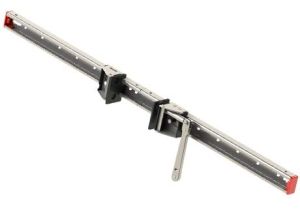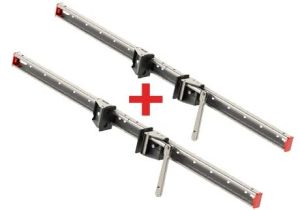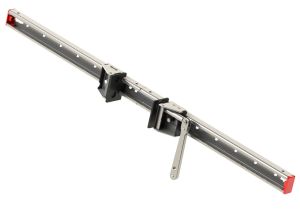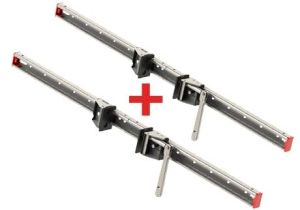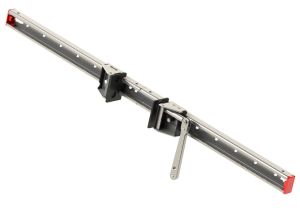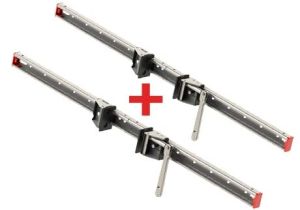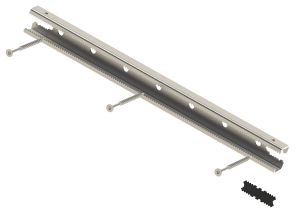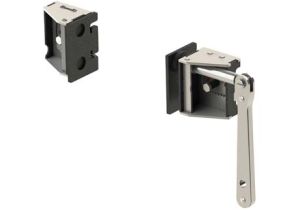Vice
What are vises and clamping tools ?
As the name implies, this equipment is designed to clamp parts of different materials such as metal or wood, of various shapes and sizes. There are several types of vises, clamps, clamping fixtures and ratchet straps. Very popular among amateurs and professionals in wood, metal, or any other work. This equipment is essential to correctly machine a part, and evolves regularly. It can be used to clamp a workpiece, holding it in place with force and ensuring that it will not move and to clamp workpieces, holding them with force to ensure that surfaces remain well held or glued together. This method is widely used in woodworking to glue and join wood pieces together.
How use your vise ?
The clamping
Clamping tools have several uses depending on the equipment used and the tasks to be performed. There is a large number of portable tools, which will allow you to work on any type of workbench, whether at home, on a construction site or in a workshop. This equipment allows you to have your hands free to operate and gain in precision. To use your vise properly, you must first clamp it firmly to a suitable surface. This ensures a strong and effective clamping. Then you need to get a piece of wood that is the right size for the vise, and position it between the "jaws" of the vise. After tightening these jaws, your piece of wood will be more or less held according to the clamping power you want.
The composition of a vise
Despite its different shapes, the clamping vise is often composed of several parts that are quite similar in operation:
- A fixed jaw: The "fixed jaw" (a type of jaw) is one of the surfaces on which a workpiece wedges during clamping to hold it in place. It is not movable to provide stability and strength to the clamp.
- A removable jaw: The "removable jaw" is the second surface of contact of the vise with the workpiece. It is a part that can move when the vise is tightened with the screw or handle to press the workpiece against the fixed jaw and immobilize it.
- A small handle or clamping screw: A small handle or clamping screw is present on vices to allow the movable jaw to clamp a workpiece against the fixed jaw. The tighter the handle or screw, the more forcefully the object is held.
- A clamping surface: In order for a vise to remain in place when clamping a workpiece, it must be clamped to a larger or heavier surface to ensure a good clamping force and hold. A clamping surface is therefore provided for this purpose.
Choosing the right tools
Clamping equipment are different from each other. They vary in size, in clamping force, and are more or less easy to carry. Ratchet straps, clamps, and some vices are portable, easy to carry. They allow you to work with your hands free in all circumstances for a reasonable size part. This equipment provides a good clamping force which is suitable for gluing, assembling, using a saw or a drill for example. It is adjustable and comes in a variety of sizes to suit different tasks. Several of these tools are used in number to ensure good efficiency. Larger and more powerful vices and bench clamps also exist. This equipment is often stationary and is used to work on larger parts or on projects requiring a much higher clamping force.
Our RALI Vises
Our range of RALI Press vises offers universal vises. They come in the form of a rail to be fixed. These rails can be extended by means of precise connections to adapt the vice to your work surface and your projects. These vices are very easily transportable, and can be fixed on a large number of surfaces such as a board, a toolbox, in a vehicle, etc. It is designed to be able to position and fix parts in 3 dimensions, whether it is to plane a part, to proceed to a gluing. It is suitable for a wide range of tasks and is easy to use. Adjustment is almost instantaneous across the width, and the vise has jaws that adapt to surfaces. Whether you need to hold a workpiece lightly or tightly, the vise system allows you to control the amount of clamping power you apply.





